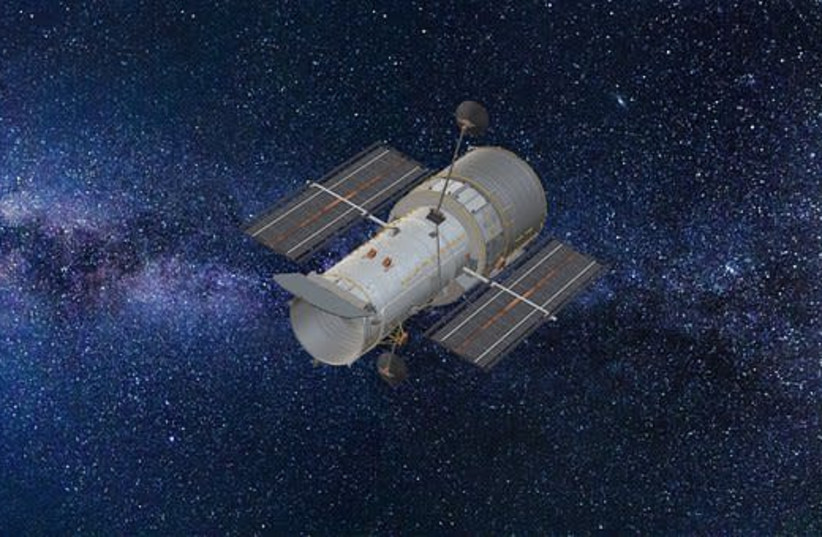On December 25, NASA launched the James Webb Space Telescope (JWST).
Set to replace NASA's Hubble Space Telescope as the space agency's new flagship space telescope, as Hubble has been in use for over 30 years.
But what makes the James Webb Space Telescope so special? Where is it set to operate and how long will it last?
It's time to take a look at the facts.
Here is everything you need to know about NASA's James Webb Space Telescope.

What is the James Webb Space Telescope?
Simply put, it's a telescope in space, for observing space.
The massive telescope is 20.197 meters by 14.162 meters in size and weighs 6,500 kilograms. It was expensive, too, costing some $9 billion.
With its specially designed, state-of-the-art instruments, it is set to vastly expand our understanding of the universe around us and our place in it.
A number of exciting projects are in the works with James Webb, which will be able to study far-away exoplanets (planets outside the solar system) in greater detail than existing telescopes. It can get closer looks at the areas around black holes and study distant galaxies as well.
<br>Is James Webb better than Hubble?
Simply put, yes. The equipment, especially the sensitivity and infrared resolution, of JWST are far superior to Hubble.
This, itself, isn't too surprising.
Hubble has been in operation for decades and while it is still usable, it is very much aging. The JWST will help propel humanity's knowledge of the cosmos forward even more, past the limits of Hubble's capabilities.

Is Hubble still in use?
Yes. Despite the James Webb Space Telescope having been launched and replacing it as NASA's flagship space telescope, Hubble will remain in operation.
<br>How far will the James Webb telescope go? Where is it now?
The JWST's ultimate destination was the L2 Lagrange point.
Where is L2 in space? It is located nearly 1.5 million kilometers away from Earth, or around 1 million miles. For context, the Moon's distance from Earth is around 384,000 kilometers, meaning JWST is four times farther from the Earth than the Moon is.
By comparison, Hubble is even closer, located just around 547 kilometers away from the Earth.
Hubble is so close that it can actually be seen from Earth, though there are areas where it is easier to see it from. The JWST, however, cannot be seen from Earth. In fact, it technically isn't even orbiting the Earth. Rather, JWST orbits the Sun. Its orbit is designed to be in constant alignment with Earth, so both the telescope and the planet orbit the Sun together.
The JWST began its journey after being launched on December 25 from French Guiana. It has since reached its target destination and is now in the midst of its next phase: Cooldown, alignment and calibration. In total, this phase will take around three months.
<br>How does it work right by the Sun?
The JWST needs to stay cool for its infrared observation to properly function. As such, it is essential that these instruments are kept below -223°C. In order to do this, James Webb comes equipped with a massive sunshield made of silicon- and aluminum-coated Kapton.
<br>How long will James Webb last?
Bare minimum? At least five and a half years. But NASA is hoping for at least 10.
But these are estimates. NASA hopes it can be around 20, especially since they managed to save enough fuel during the launch to keep it going even longer.
However, one shouldn't forget the fact that, when it launched in 1990, Hubble was supposed to operate for just 15 years. Now, over 30 years later, it's still going.
<br>Can telescopes look back in time?
No, of course not.
Technically, we can theoretically see things that, because of how light, distance and time all work together, have happened far in the past. But no, this is not time travel.
